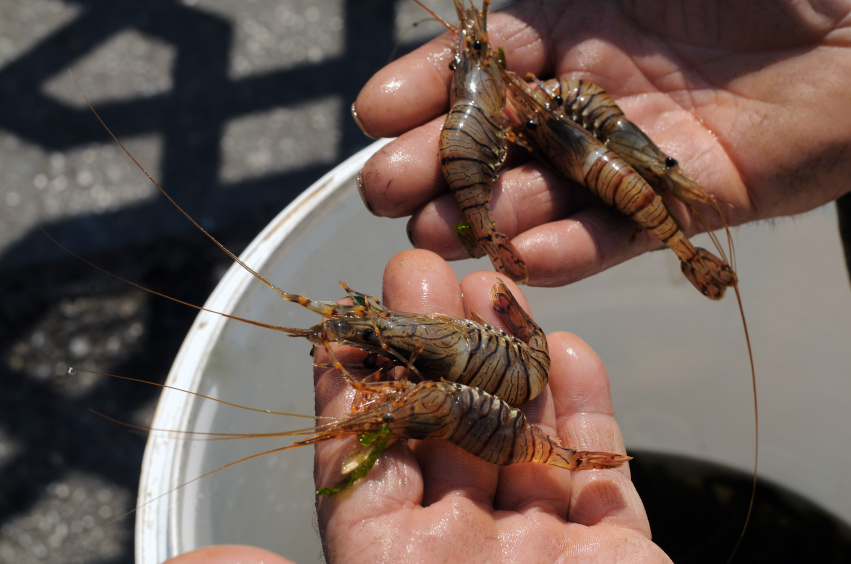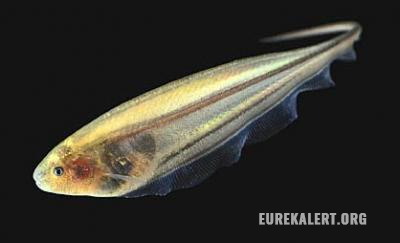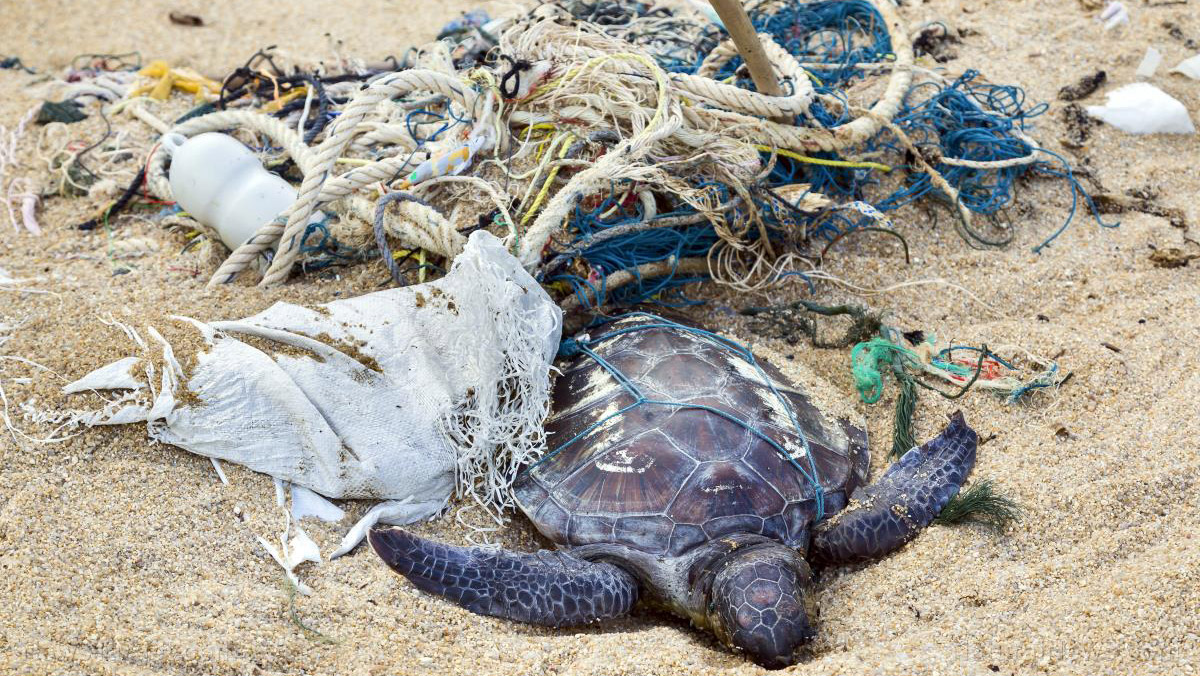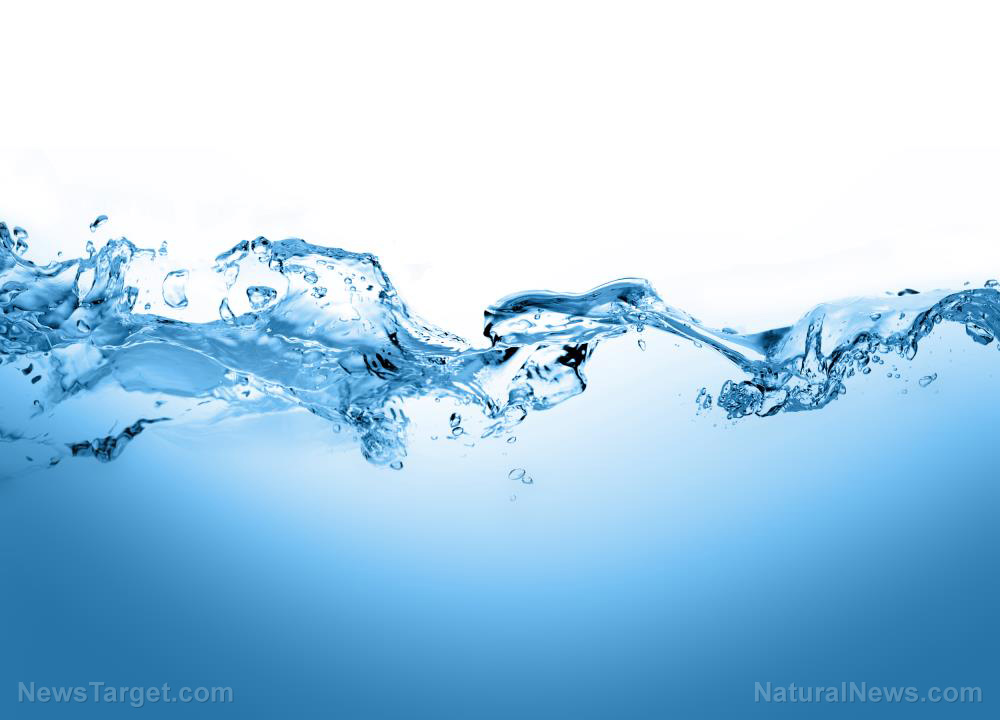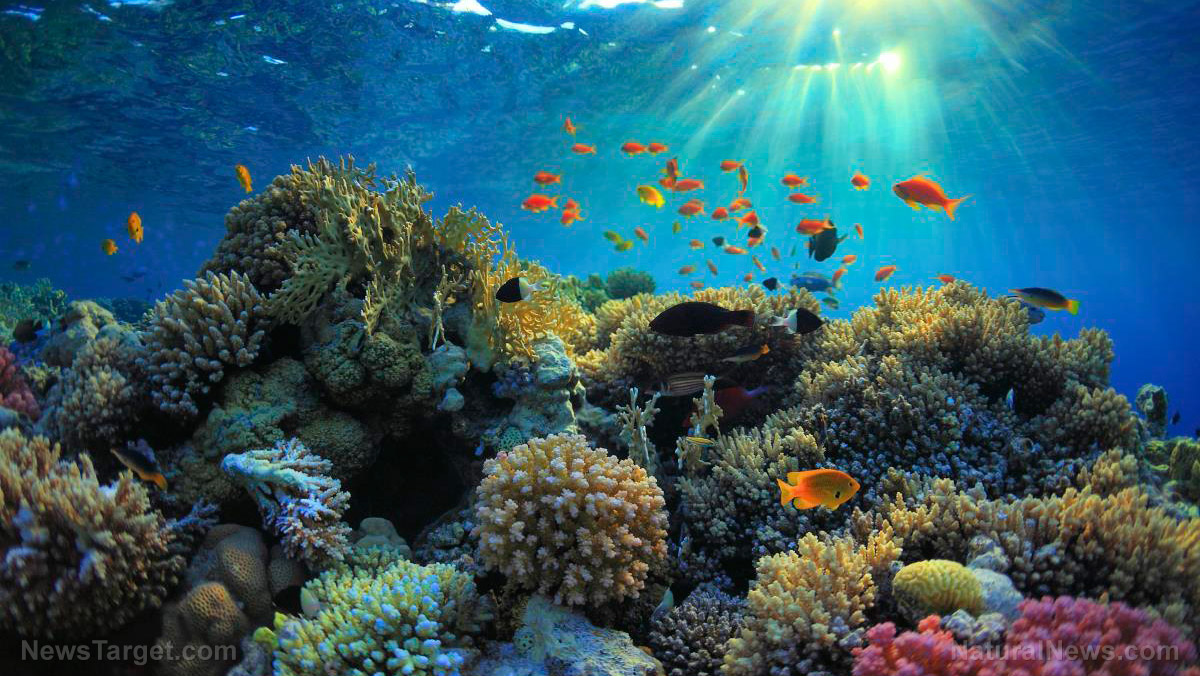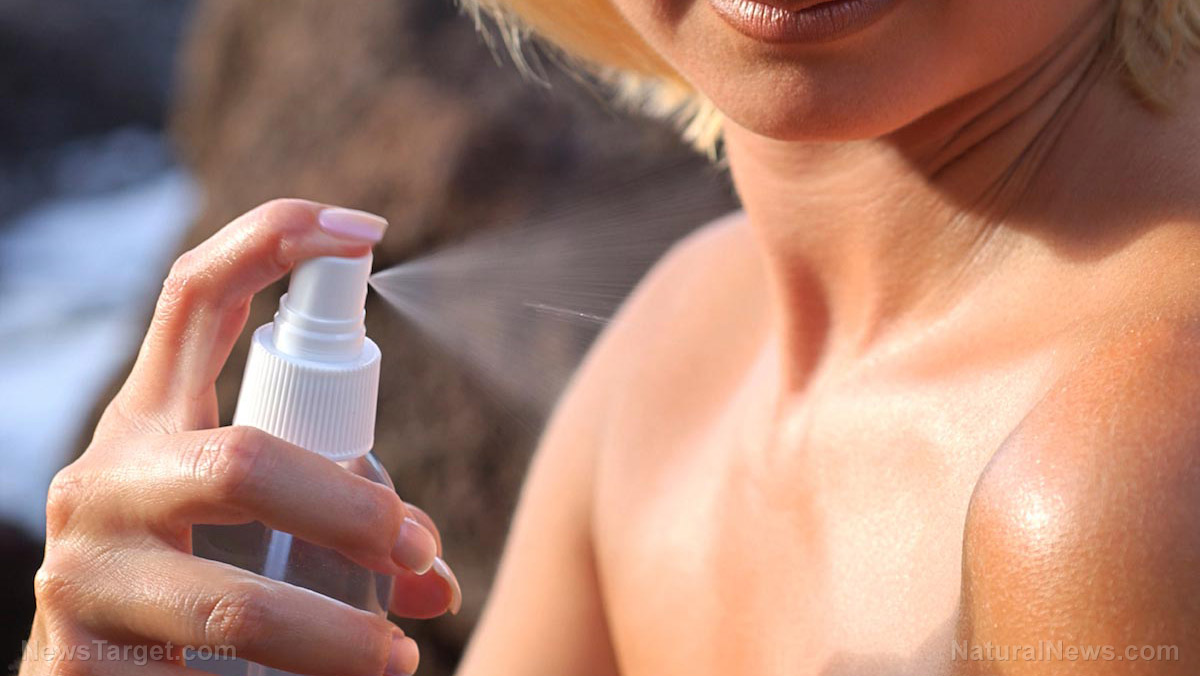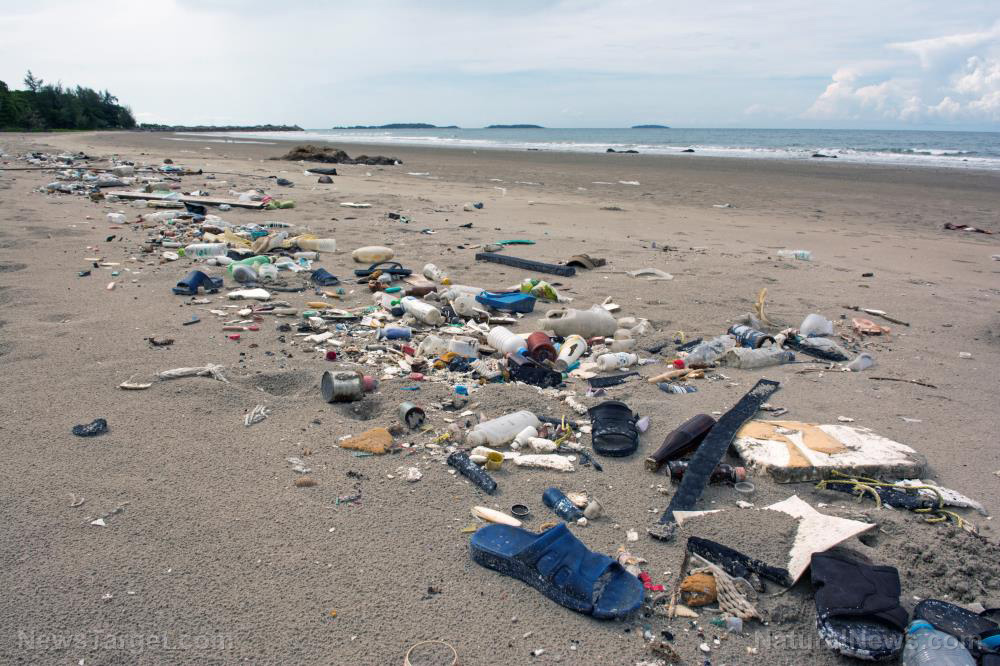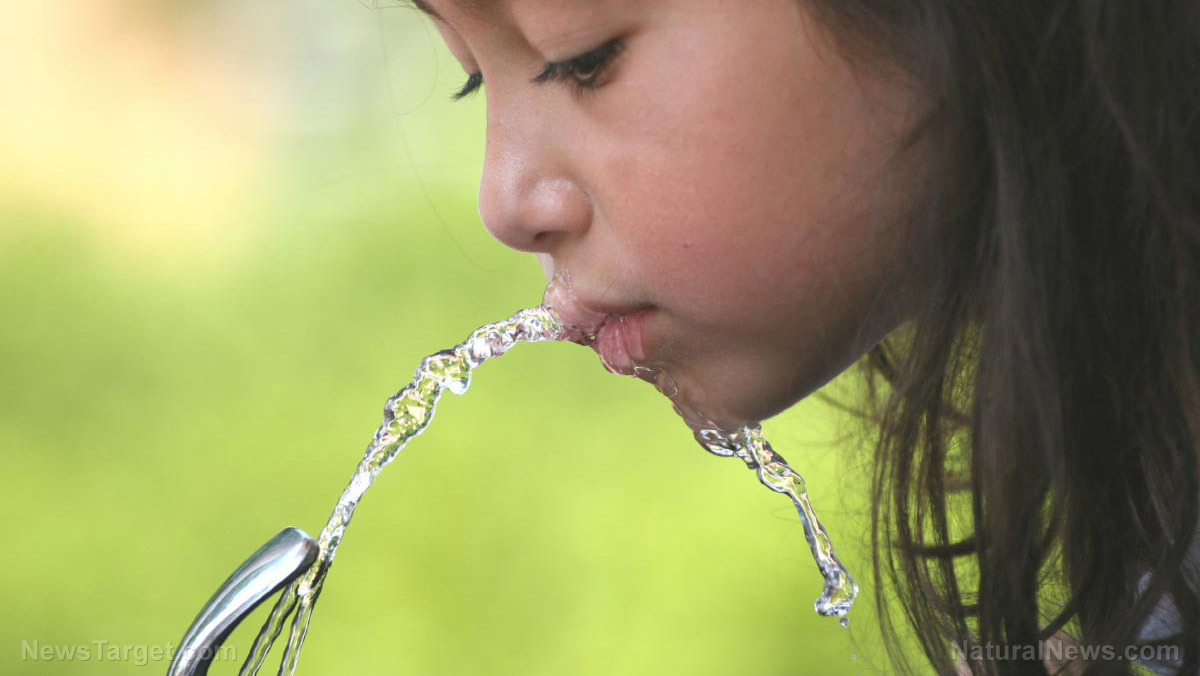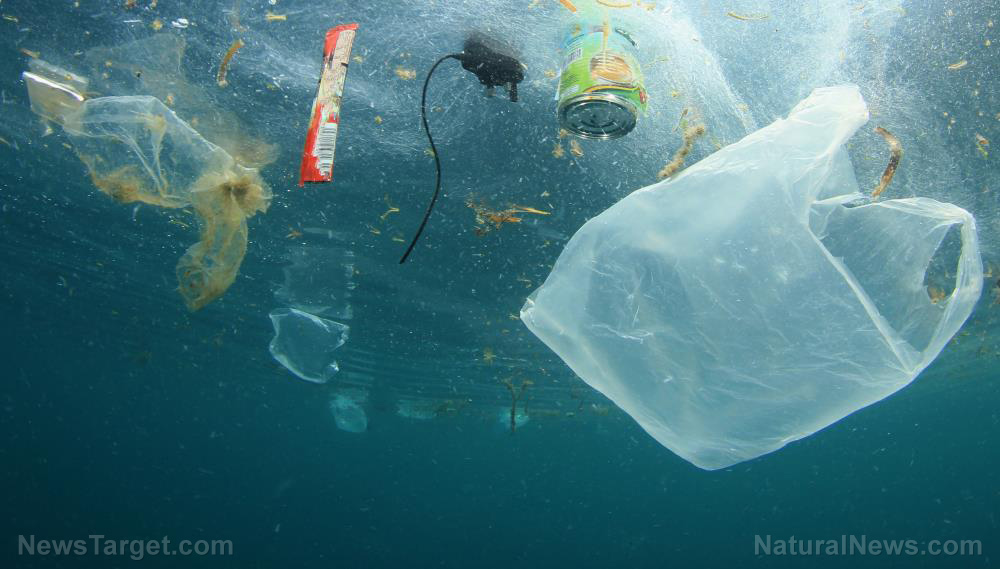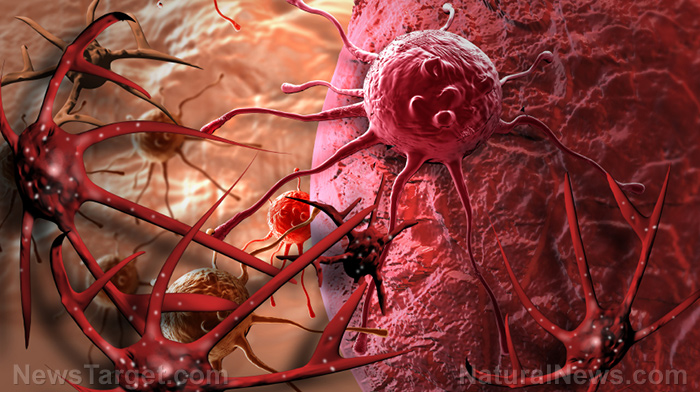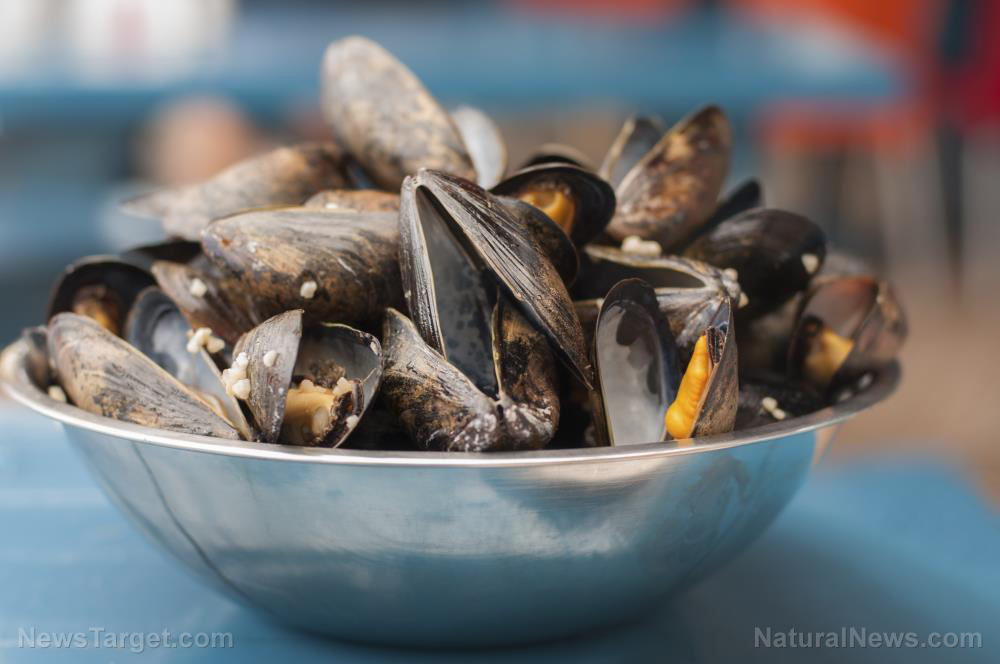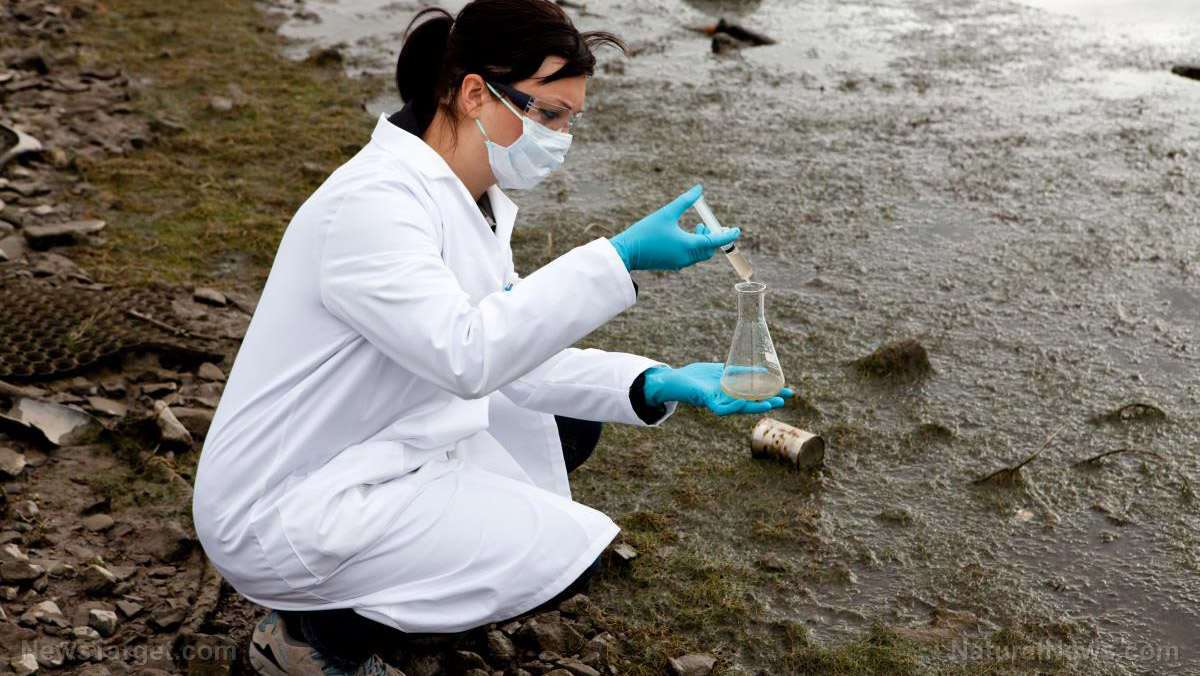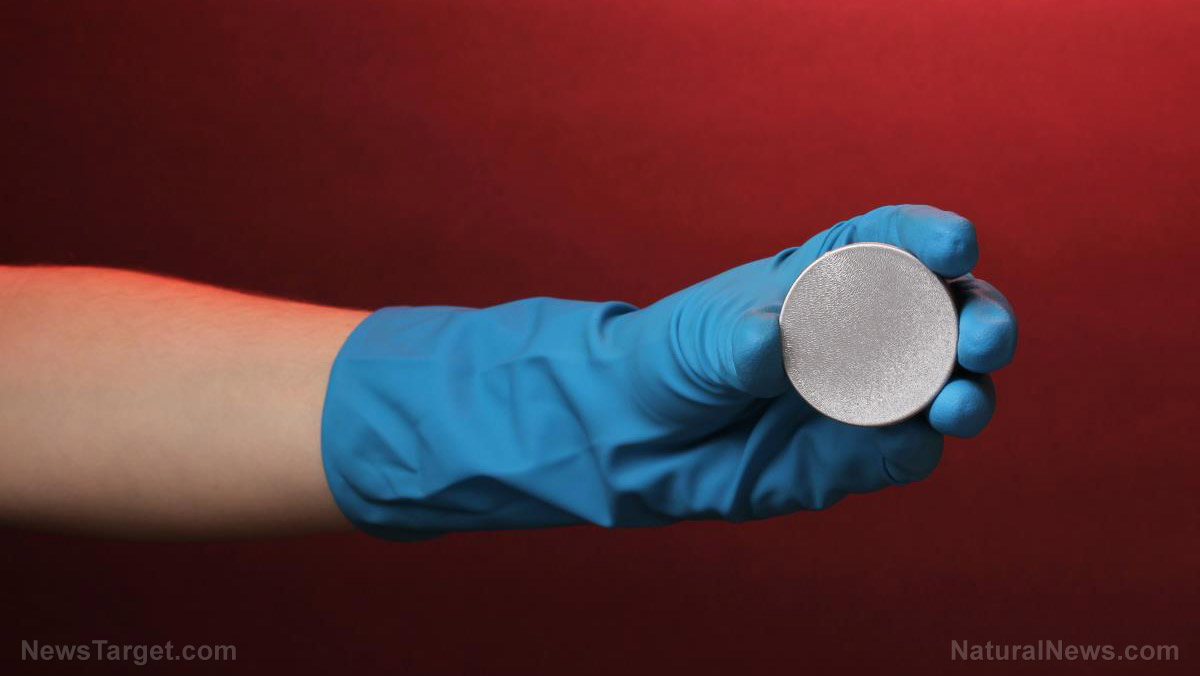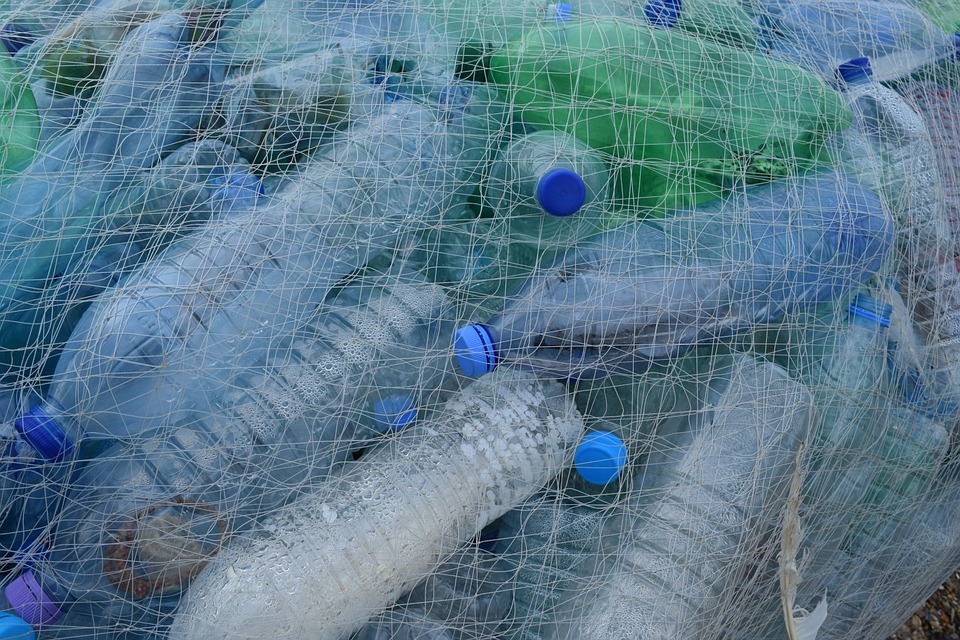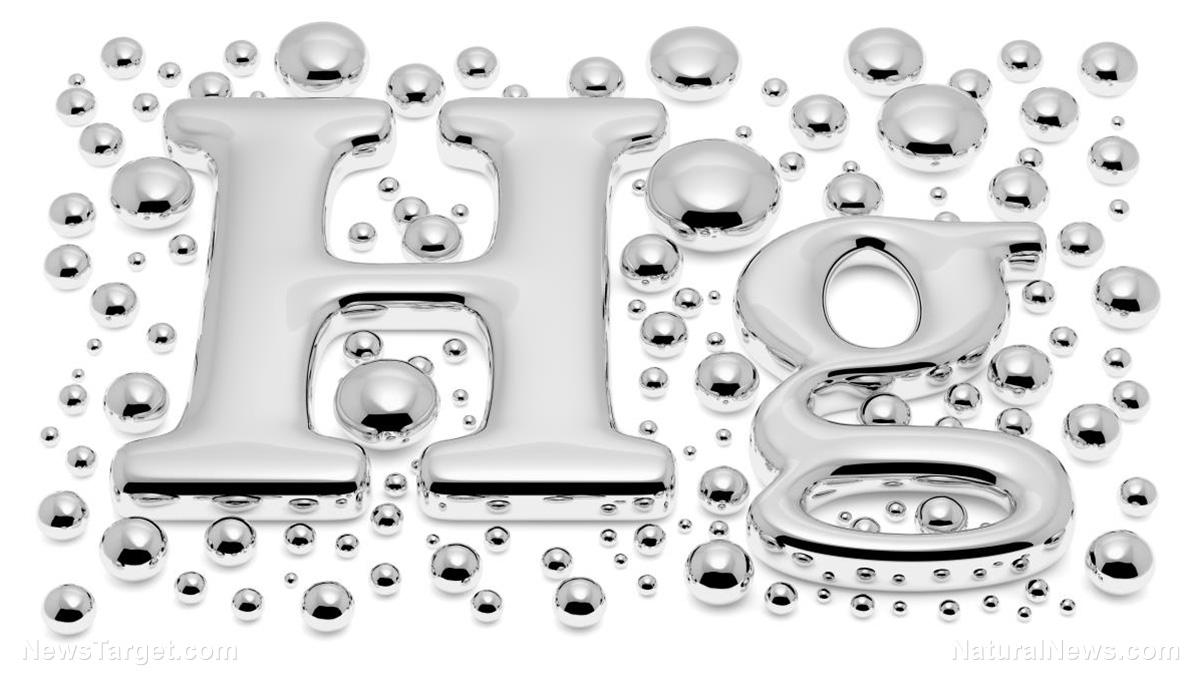Latest research suggests that microplastics are wreaking havoc all the way up to the marine food web
09/16/2018 / By Zoey Sky

Microplastics are so small that they may seem harmless, but they’re polluting oceans and poisoning marine life by the second.
According to an article on The Revelator, microplastics can absorb chemicals, which is bad news for the birds, fish, seals, and even humans that unwittingly consume these pollutants.
The author of the article said that she joined a 23-day scientific expedition through the Eastern North Pacific Gyre, which is now highly polluted. The gyre, or a large system of rotating currents, swirls clockwise from the California coast to the Hawaiian Islands and back.
During the expedition, the ship’s captain caught a mahi-mahi. Kristian Syberg, the ship’s lead scientist, asked that the fish’s stomach be sliced open, which revealed another smaller fish.
Once the stomach of the smaller fish was also cut open, Syberg discovered that it had ingested microplastics. Two small pieces, to be exact.
Microplastics are small pieces of plastic that are less than .04 inches in diameter. (Related: Microplastic pollution is changing ocean ecosystems.)
Syberg, a professor of environmental risk at Roskilde University, joined the expedition to sample seawater for traces of plastic. Other researchers like Syberg are realizing the impact of microplastics and nanoplastics (smaller pieces of plastic waste) on the marine food web.
Microplastics have only been extensively studied for the last couple of years, but the latest study implies that they can be passed on from one organism to another. Researchers are worried that, as it makes its way through the marine food web, microplastics can eventually affect humans.
Meanwhile, at the Cornish Sea Sanctuary, Sarah Nelms, a Ph.D. student from the Plymouth Marine Laboratory is comparing microplastic levels in the bodies of wild-caught Atlantic mackerel and the scat of captive gray seals. For 16 weeks in 2016, the gray seals were fed mackerel.
Nelms shared that she found microplastics in 50 percent of the seal scat she studied, and in a third of the mackerel that the seals consumed. The Ph.D. student mused that the fish, which are classified as secondary consumers since they are one step above the bottom of the marine food chain, consumed the microplastics together with their regular diets of zooplankton.
In a paper, which was published in the journal Environmental Pollution, Nelms and her colleagues wrote that they took “extensive contamination control measures” so the seals wouldn’t be exposed to other plastic sources while the study was ongoing. Because of these measures, the researchers confirmed that the microplastics in the seal scats came from the mackerel.
Based on the results of the study, the mackerel had a higher number of plastic particles than the seal scat contained. In particular, the fish contained microfibers, “which crumble off fishing rope or are shed from clothing when washed.” Nelms commented that this is one possible source of the unconfirmed plastic particles that could be accumulating in the seals’ bodies and bringing about unknown side effects.
Microplastics are found to absorb chemicals from ocean water. This means aquatic lifeforms that unwittingly eat microplastics also ingest these toxins.
Syberg has looked into the “vector” effect, where microplastics transport toxic chemicals. He’s also worried about persistent organic pollutants (POPs) since once they’re ingested, POPs tend to attach to the fat cells of organisms. The POPs will then be metabolized by the body, which could result in health problems.
POPs don’t degrade and along with industrial chemicals, pesticides, and unintentional pollutants (e.g., dichlorodiphenyltrichloroethane [DDT], etc.), they are highly toxic to humans and wildlife. These pollutants cause health problems like allergies, cancer, immune system disorders, and reproductive and hormone problems.
Microplastic can even harm plankton, the smallest animals in the ocean. Richard Kirby, an independent plankton scientist, recently recorded a common plankton species called an arrow worm found near Plymouth, in the U.K. The recording showed the plankton, which ate a piece of plastic microfiber. The fiber blocked the worm’s gut and stopped the movement of copepods, the organism’s food source, in its body. The blockage could eventually kill the worm, but Kirby noted that this isn’t always the case with microplastic.
This isn’t good news, though. He added that while microplastics can pass through an animal that ate it, it can still be consumed by another animal that feeds on the plankton. In time, the deaths of plankton due to microplastics will upset the marine food web.
Microplastics are already harming all kinds of marine life. To prevent the plastic waste from causing even more damage, Kirby warned that the scientific community must start to look into research that can shed light on the amount and geographical distribution of microplastics to understand the full extent of their impact on the world’s oceans.
Scientists are still trying to understand exactly how plastics affect organisms that accidentally consume them. One thing is for sure, steps must be taken to prevent animals from further ingesting microplastics and other marine pollutants.
Sources include:
Tagged Under: aquatic ecosystem, chemicals, Ecology, environ, environment, environmental harm, garbage, marine ecology, marine ecosystems, marine life, microfibers, microplastics, nanoplastics, Oceans, plankton, Plastic, plastic waste, plastics, pollutants, toxic chemicals, toxic water, toxins, water, water health

